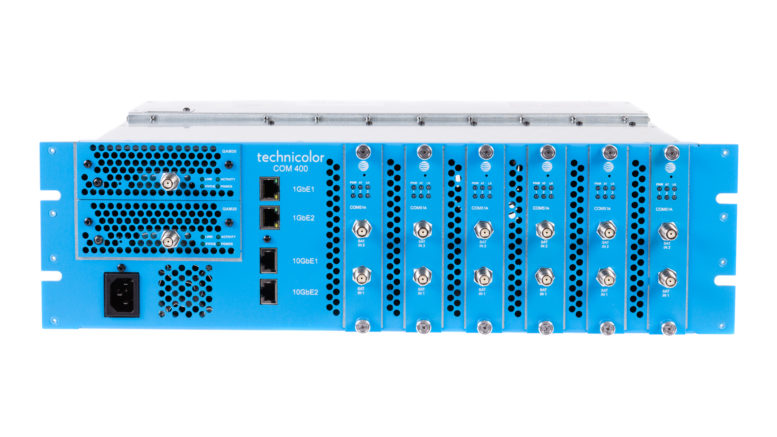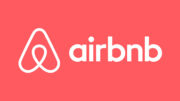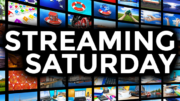Once you get into the business of satellite TV for business, you run into all sorts of new terminology. A lot of these words sound funny and sound like they don’t belong there. One such term is “headend.”
In old train jargon, a “headend” is where all the trains go to, and where they all come from. When it comes to television, a headend system is very much the same thing. Let’s take a look at the term “headend” and what a headend system is.
Headends for commercial TV
A headend is a system that collects the signal from antennas, cable or satellite receivers, and then gets it ready to be sent over a single wire to a bunch of different places. Think about a hotel where you get about 15-20 channels and they are all tuned using the TV. That’s a headend system — somewhere in the hotel is a rack full of equipment, making all that happen.
The key part of a headend system is the modulator. A modulator is a bigger, fancier version of the device that used to be in VCRs or videogames that let the signal show on channel 3 of your TV. A modulator is a little fancier than that because it has to build several channels into what’s called a QAM (pronounced “kwam.”) This system lets you control the quality of the channels as well as how many there are. The better quality you want, the fewer channels you get.
Big headends vs. small ones
In the past, headend systems were, simply, huge. A 30 channel system could take up three large racks in a closet. Miniaturization helped, and today a traditional headend system can fit about 100 channels in that same space. However, that’s still a lot of space.
Both DIRECTV and DISH have compact headend systems. These systems can fit over 100 channels’ worth of equipment into a space about the size of a microwave oven. They do it by building the receiver hardware right into the box, eliminating the need for extra components that aren’t used in headends anyway.
DIRECTV’s system, the COM3000, is pictured above. DISH’s system, the Smartbox, looks similar with an overall red color that matches DISH’s corporate branding. In many cases, the compact systems can be less expensive than the full-size ones. They’re a win-win, but you should know that some planning is required. Both compact headends require TVs capable of working with encrypted signals. While your typical big-box purchased TV doesn’t do this, you can get these TVs for about the same price as a comparable TV of the same quality. It’s worth taking a little time to plan ahead.
Your headend headquarters
A good HD headend system can be costly, but once installed it is very reliable and doesn’t need a lot of maintenance. Modern systems allow a tech to log in through the internet, fixing minor problems from anywhere. If you’re looking for a headend system, call Signal Connect at 888-233-7563. Our team can help you build the system you really want, and will help you maintain it so that it stays in perfect condition throughout the years. Our corporate offices in Novi, Michigan, are open during East Coast business hours. If it’s after hours, fill in the form below and we’ll get back to you, usually within one business day.





